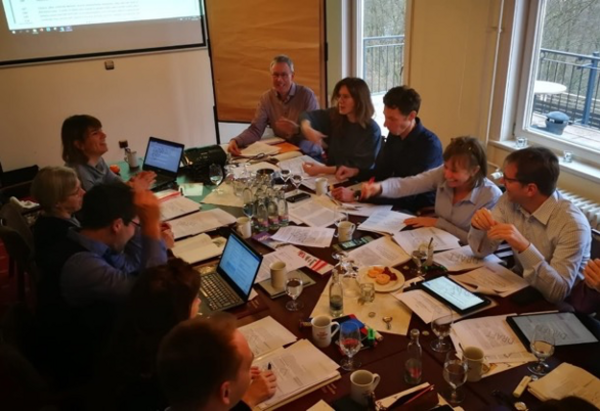What does the “experimental city” mean to you?
To me, the “experimental city” holds great potential for innovating urban planning practices and for speeding up transformative change towards sustainable urban futures. The increasing complexity of urban challenges as well as rising uncertainty and unpredictability have shown the limitation of established practices of urban planning. There is a need for both a new ‘mindset’ in how planning is perceived and carried as well as for more open, flexible and revisable approaches where learning from failure is seen as a quality. The “experimental city” can facilitate such a change.
However, urban experimentation also has a strong sensory dimension and creates arenas for collaborative processes. In recent years, real-world experiments and temporary interventions – often referred to as ‘Tactical Urbanism’ – have become a popular approach in many cities to improve urban environments and public spaces.
Temporary interventions provide spaces where new ideas, imaginaries and solutions for sustainable urban futures can be jointly explored and tested. But they also help making abstract sustainable development concepts tangible, both sensually and physically. In a way, real-world experiments are multisensory future spaces that give us a taste of how an alternative tomorrow could sound, smell, feel or look like. This affects us emotionally and is much more powerful than any number.
In Sensing the City, you talk about moving beyond the rational – feeling the city in an emotional and sensory way – and say that this is an important way to motivate people to do something. Why do you think we continue to ignore the sensory and the emotional when it comes to urban planning, research and design?
Let’s differentiate here between urban research and planning practice. Within urban research, the sensory question is not really a new topic. It has been addressed in urban studies since the 1960s, yet largely from a unisensory and visual perspective. In recent years, however, we have seen a number scholars advocating for a “multisensory research agenda on cities”, which has given rise to the emerging field of sensory urbanism.
Across disciplines such as sociology, ethnography, psychology, neuroscience, architecture and sustainability science, we can see an increasing interest in how people perceive and understand the city through the senses, how urban design affects people’s emotions, behaviour and mental health, and what this means for the design and planning of future cities. This new interest into the multisensory experience of city life has also fostered new alliances. In Germany, for example, the ‘Interdisciplinary Forum Neurourbanism’ has been founded, bringing researchers and practitioners from various fields together to investigate such issues.
However, the “sensual revolution” in urban research has somewhat bypassed urban planning and design practices as well as urban policy. Here, the human experience continues to be reduced to “what can be made visually legible through maps and models” and the intangible aspects are hardly recognized although they could possibly open up new pathways for designing liveable cities and catalysing the urban transition to sustainability.





